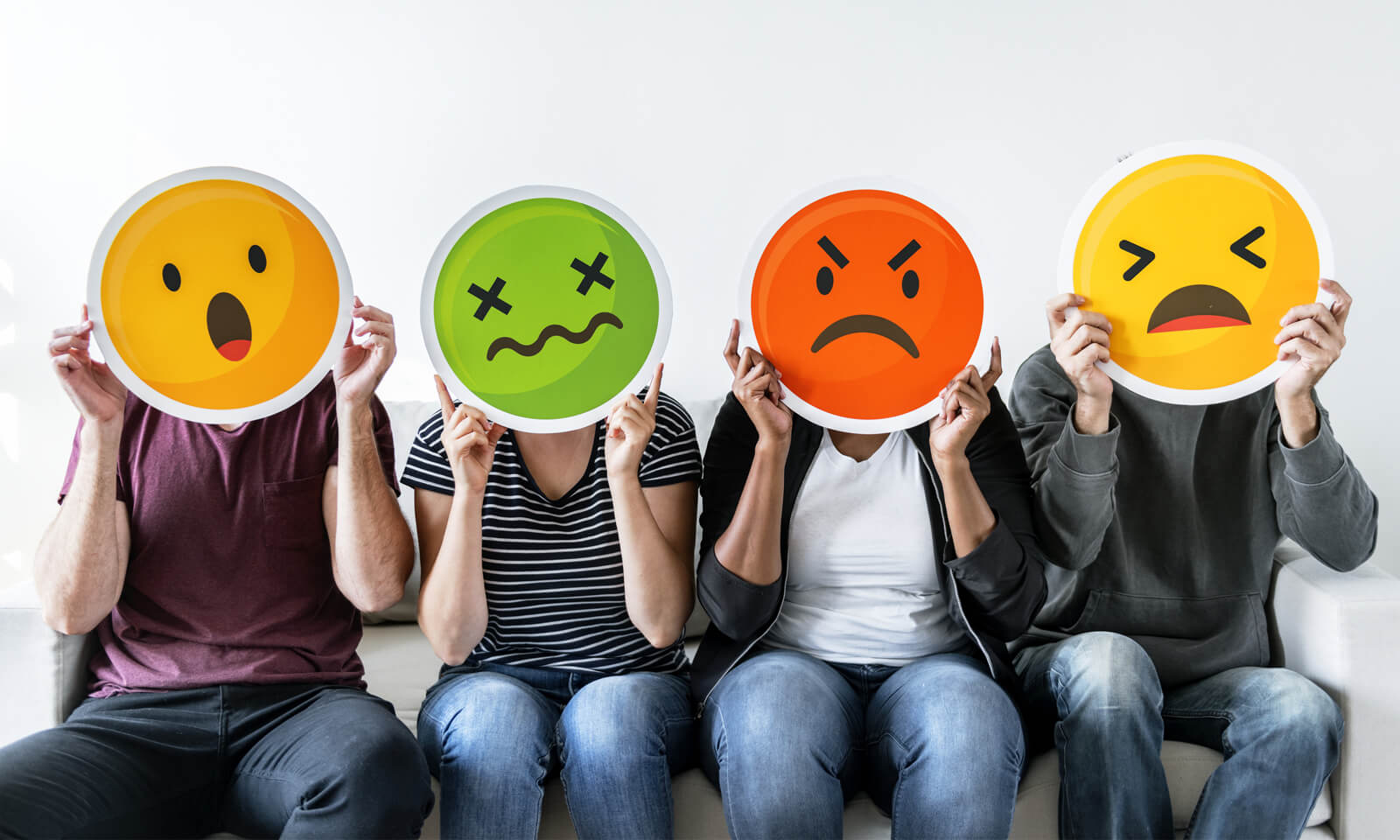
Social media is an excellent tool for managing your brand voice and engaging with your audience. However, when not managed closely, a seemingly innocent post can garner a lot of negative attention. Maybe it was an unfortunate misspelling incident or maybe someone used an insensitive hashtag unknowingly, but brand mistakes on social media can be disastrous.
Cinnabon was one of the latest brands to fall victim to a social media fail. After the tragic passing of one of Hollywood’s most iconic actresses, Carrie Fisher, Cinnabon tweeted the following:

Unfortunately, what Cinnabon thought was a harmless and respectful tweet was actually a message that resonated negatively with many Star Wars fans across the galaxy. Social Media 101: Never attempt to capitalize on death. This tweet is clearly promotional, and it landed Cinnabon in a bowl of hot icing.
That being said, one would hope that you don’t end up in that sticky of a situation. However, in case you find yourself reaching for the surface as you drown in a pool of online hate, here’s what you need to do!
1. Just come clean
Honesty is the best policy, and while it may sting, telling your customers the truth about why you messed up is the first thing you should do. Expressing your regret can go a long way. Depending on how big your blunder is, a contrite apology can ensure the public that you are doing everything you can to rectify the issue. Customers appreciate the fact that there are humans behind brands, and sometimes we all make mistakes. It is very important to be completely transparent, because not telling the whole truth is sometimes just as bad as the mistake you made in the first place.
2. Identify your biggest supporters
Everyone looks for friends in a time of need, and brands are no different. Contact your partners and most influential supporters and privately share the news with them first. You've no doubt put forth a lot of energy in building and maintaining those relationships, so it makes sense that it’s better that the news comes directly from you, rather than from social media or word-of-mouth. This will help keep that trust and loyalty, and hopefully when asked, your partners will ensure that everything is being done to make it right. You can also use this as an opportunity to listen for advice and cultivate constructive feedback to influence how your brand manages the situation.
3. Offer some compensation
Depending on how serious the social media disaster was, you could always offer something to help minimize the distaste. You want to make sure that what you offer is portrayed as an effort to amend the wrongdoing, and that it's in no way construed as “hush money.” Whether it’s offering a discount or donating money to a related cause, compensating customers that were affected is an extremely important aspect of disaster management. You may even consider polling your customers on social media and ask what you could do to make it right and make them feel valued again.
4. Reach out to customers individually
At this point, your competitors may be trying to poach your customers. For this reason, it's important to talk to these customers personally, assuring them that you are striving to remedy the problem and make improvements to your brand throughout the process. Send out an email to your entire customer list and make a public apology on your social media channels. Personally call some of your most loyal customers or folks that have given your brand a positive NPS (Net Promoter Score) evaluation. This is essential and will help minimize loss of credibility and trust.
5. Regroup and rebuild your reputation
Finally, it’s time to move forward. Think about what you need to do to recover your reputation. Perhaps establishing new partnerships or considering a rebrand may help. How you plan to move forward depends entirely on the severity of your mishap. Gather all your employees and talk through a plan to turn the tables and regain a positive reputation from your customer base.
While these are just a few tips to help you manage a PR disaster on social media, here’s a few to prevent something like this from happening:
- Always check context behind trending hashtags
- Never use a tragic event for self-promotion
- Limit automated responses
- Double check for untimely grammatical or photo errors
- Consider the possibility of negative backlash
Have you ever been involved in a social media meltdown? Tell us your story below and show us how you handled it!









